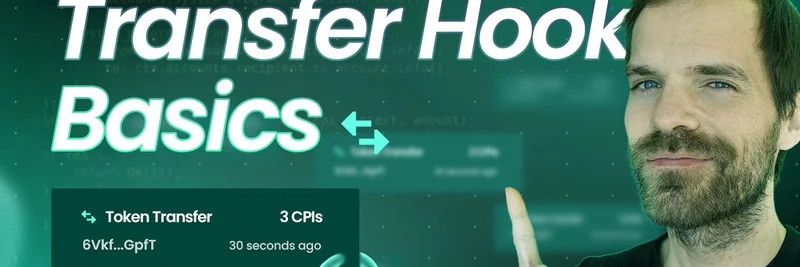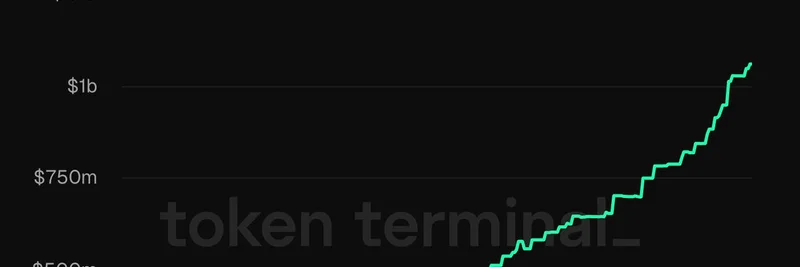If you're diving into Solana development, especially for creating those viral meme tokens, you've probably heard about token extensions. But have you explored Token Transfer Hooks yet? These nifty features can add custom magic to your token transfers, making your projects stand out. Recently, Solana developer Solandy kicked off an exciting 5-part video series on this topic, starting with the basics. Let's break it down in a way that's easy to grasp, even if you're new to the scene.
In his original thread on X, Solandy teases the series, sharing the first video and inviting devs to subscribe for more. The thread highlights the growing interest in Solana's token extensions, with one commenter noting the challenges beyond simple examples but expressing excitement for deeper insights.
What Are Token Transfer Hooks?
At its core, a Token Transfer Hook is part of Solana's Token-2022 program, which extends the standard SPL tokens. Think of it as a callback function: every time someone transfers your token, the system can "hook" into a custom program you've written. This program runs automatically, allowing you to enforce rules or trigger actions during the transfer.
For example, you could:
- Automatically burn a percentage of tokens to create scarcity (perfect for meme token hype).
- Distribute rewards to holders.
- Implement transfer fees or royalties.
- Blacklist certain addresses for security.
Unlike traditional tokens where transfers are straightforward, hooks give you control without needing complex smart contracts. Solandy's series starts here, explaining why adoption has been slow historically—due to limited tutorials and ecosystem support—but notes recent boosts from projects like PIUSD.
Solandy's Basics Tutorial Breakdown
The first video, titled "Transfer Hook Basics [Solana Tutorial]," clocks in as an intro to the Token-2022 transfer hook extension. Uploaded on August 12, 2025, it's designed for devs looking to create tokens with built-in custom functionality.
Key highlights from the tutorial:
- Setup with Anchor: Solandy uses the Anchor framework (a popular Rust-based tool for Solana development) to build a simple hook. He walks through creating a token that calls your custom program on every transfer.
- Handling Challenges: Expect tips on dealing with version incompatibilities in dependencies. He introduces a "fallback function" to manage cross-program invocations (CPIs) from the token program safely.
- Verification Tricks: To ensure the hook only activates during actual transfers, check account flags like "immutable" or "transferring." This prevents unnecessary calls.
- Optimization: For basic hooks, you might skip extra account lists, keeping things lightweight and cost-effective in terms of compute units.
The video emphasizes practical demos over theory, showing code in action. If you're following along, grab the latest Solana CLI and Anchor versions to avoid hiccups. Solandy promises more in upcoming parts, covering complex hooks and additional accounts.
Why This Matters for Meme Token Creators
Meme tokens thrive on community engagement and unique mechanics. Transfer hooks open doors to innovative features like automated airdrops on transfers or gamified elements—imagine a token that randomly rewards transferrers with bonuses. This can boost virality and liquidity, key for pumping those market caps.
With Solana's low fees and high speed, implementing hooks won't break the bank. Projects like those on Pump.fun or Raydium could integrate these for next-level utility, turning simple memes into functional assets.
Next Steps and Resources
Ready to hook up your tokens? Start with Solandy's YouTube video and subscribe for the full series—loyal viewers get early access to part two. Check out his Linktree at linktr.ee/solandy for more Solana goodies.
For deeper dives, explore Solana's official docs on Token Extensions. If you're building meme tokens, join communities like Superteam or Solana Devs for support.
Stay tuned to Meme Insider for more updates on Solana innovations that power the meme economy. What's your take on transfer hooks—game-changer or overkill? Drop your thoughts below!


